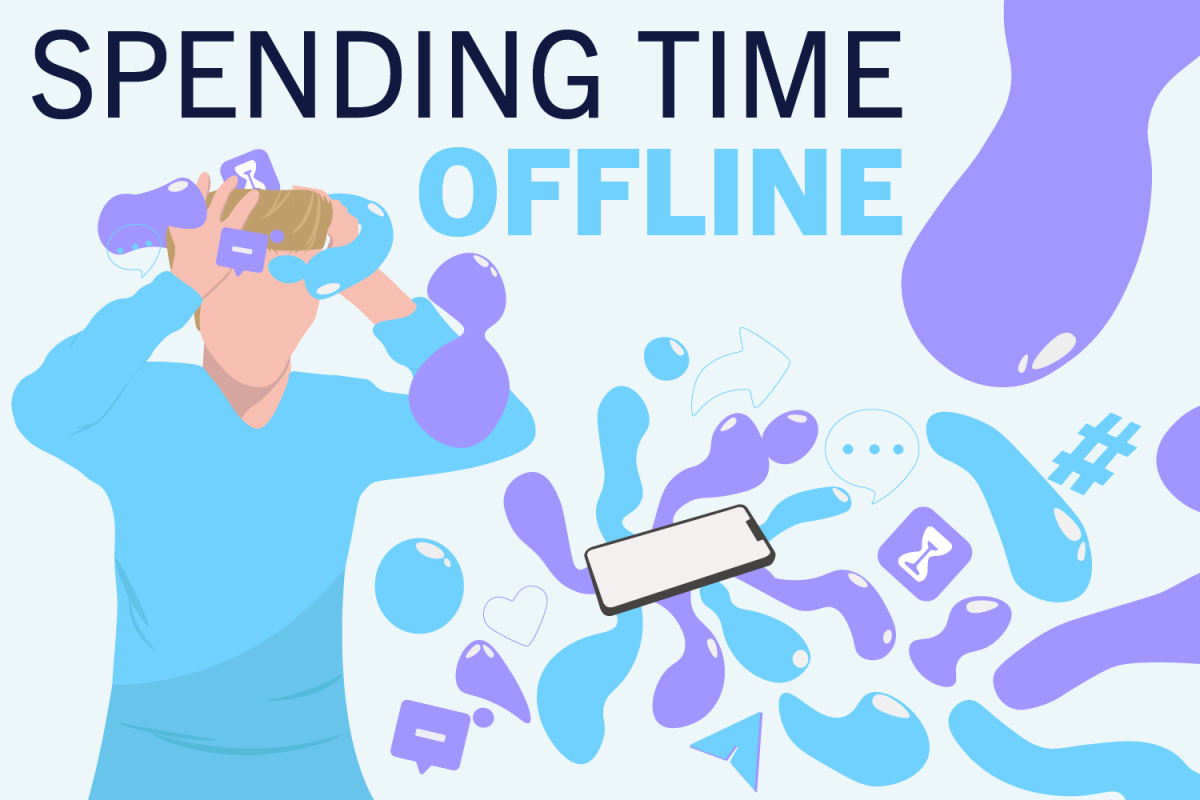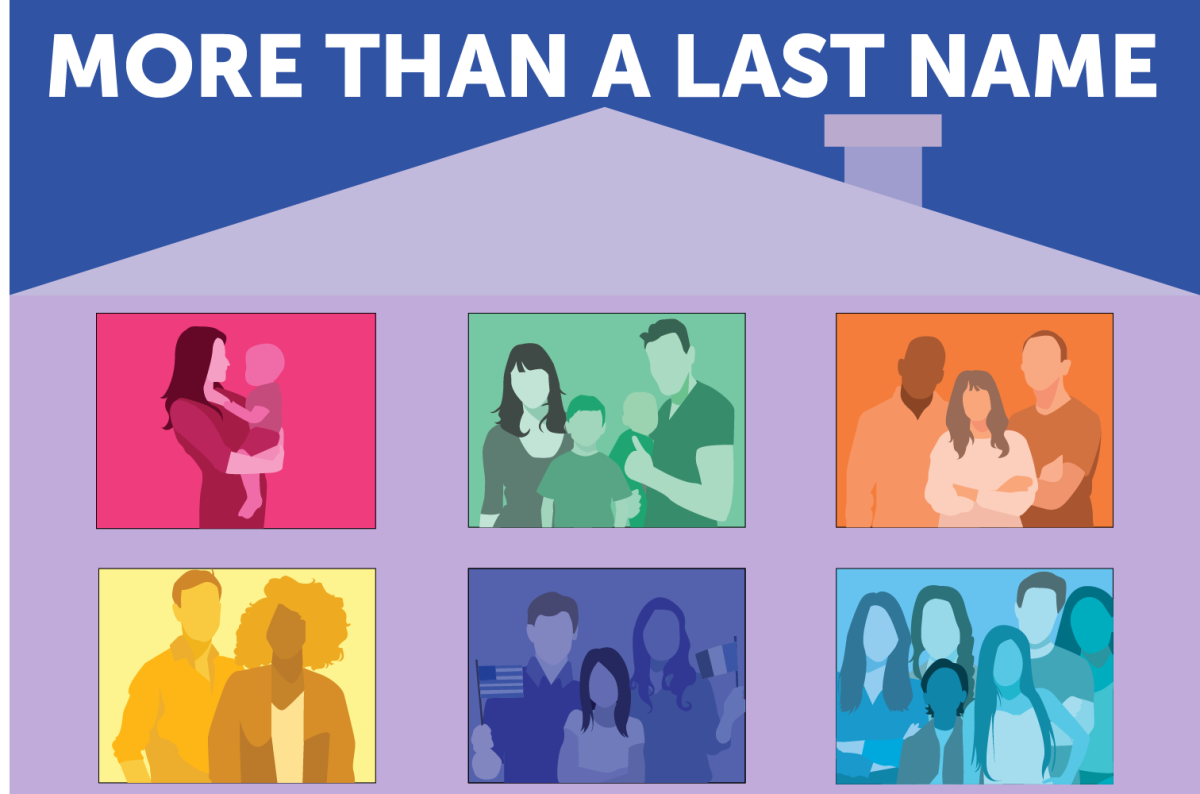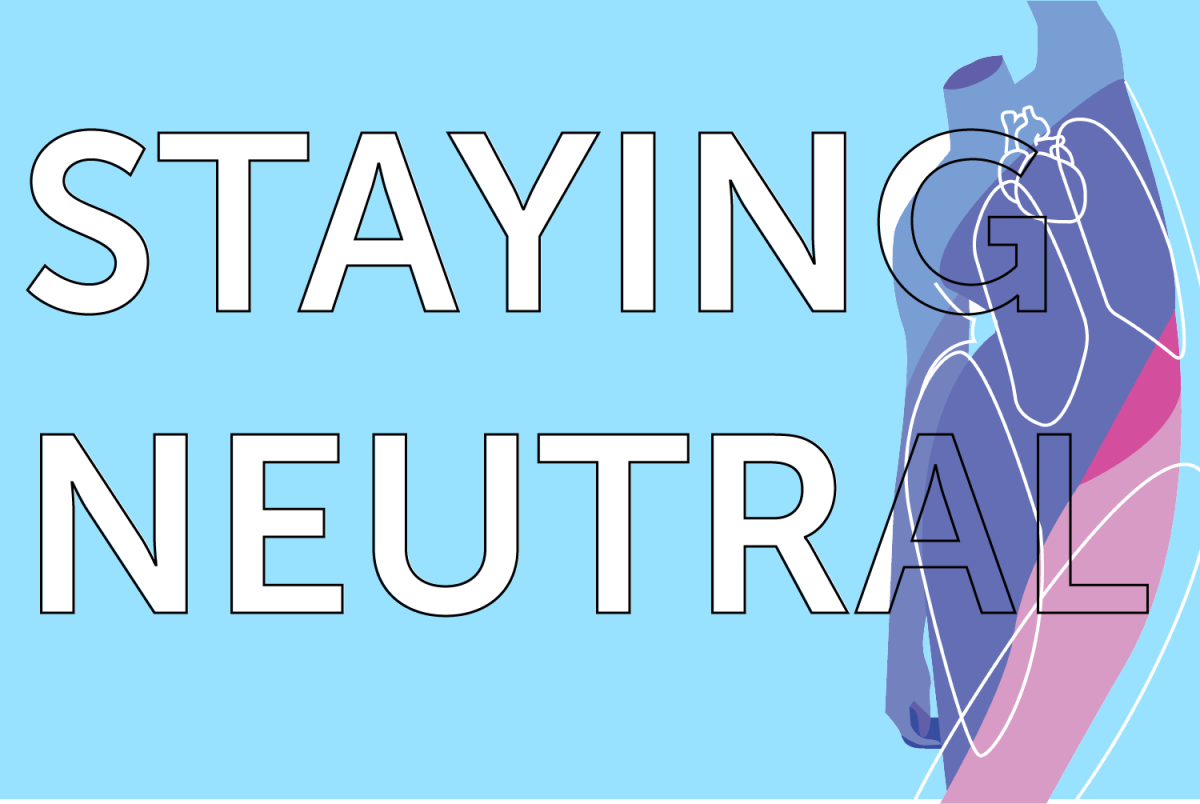The doorbell rings announcing the arrival of yet another package and putting an end to days of anticipation. This scene is common, but the effects of constantly buying more and more things, nonessential things, can be more harmful than people realize.
Consumerism is defined as a preoccupation with and an inclination toward the buying of consumer goods. While the definition doesn’t inherently present as a negative, the extent to which people are buying goods has become problematic.
Consumerism might seem harmless at first glance, but the psychological and environmental effects can be more harmful than they might seem. The American Psychological Institute reported that the idea of materialism doesn’t necessarily cause unhappiness but can cause it, as excessive buying takes the focus away from things that promote true joy like time with friends and family.
“Trendy” clothes and fast fashion websites are perfect examples of how consumerism can affect the environment. Around 92 million tons of waste are created by the fashion industry annually, and the average American throws out around 85 lbs of clothing every year as reported by Earth.Org. Fast fashion plays a large role in this because as things go in and out of style people get rid of them and immediately buy the next trending item.
The negative effects of consumerism aren’t solely the faults of the consumer. The culture surrounding shopping, the idea of trends, fast fashion websites like Shein and Temu as well as advertising and deals only make it harder for people, especially young adults, to resist buying more and more things.
However, there are answers to fighting consumerism. The dangers of consumerism stem from the rate at which people buy things, not how much they cost. For example, buying two pairs of leggings from Lululemon is less harmful than buying eight from Amazon, despite their similar overall costs. The amount of items people buy is what affects the supply and demand, especially when it comes to trendy clothes. This can lead to greater waste when people get tired of clothes that don’t have long-time wear capabilities.
The answer to combating consumerism isn’t to stop buying things in general; it is to limit buying unnecessary things. Buying from thrift stores and consignment shops, as well as donating things you no longer wear can create a smaller impact on the environment. When something isn’t brand new it doesn’t create more waste, making buying from thrift stores a smarter choice.
However, there is a fine line, as buying more things than necessary whether they are new or second hand can only make the problem worse.
In general, the easiest way for students to avoid overconsumption and consumerism in everyday life is to step back and think “will I wear this?” or “will I use this more than once?” every time they think about whether they should buy something.
















